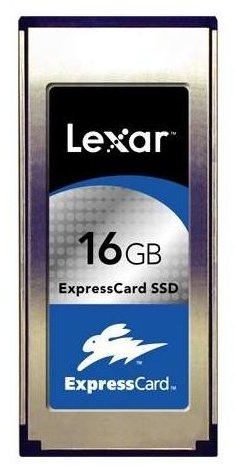Are Solid State Drives Good for Data Back-Up - Using SSD for Backup and Recovery
What is a solid state drive?
A solid-state drive is a storage device with no moving parts. While it works in the same way as a USB memory stick, it’s specifically designed to work as a replacement for a traditional drive.
Learn more about the pros and cons of solid state drives.
Does a solid-state drive work well for back-ups?
An SSD has some advantages over back-up media such as USB memory sticks or external hard drives. It works very quickly, doesn’t require a separate external power supply, is much more resilient to knocks and falls than an external drive, and copes particularly well with the regular rewriting and file changes involved in back-ups.
The costs of SSDs, however, mean that it’s only really advantageous for particular types of back-up. There’s no real economic option for using SSDs for image-based backups where you literally make a back-up of your entire hard drive. And for back-ups which simply cover key documents, it’s unlikely you’ll find an SSD which can compete on price for USB memory sticks which are now available with capacities as high as 16GB.
However, if you wish to make back-ups which include a large number of audio or video files, and this takes you into the 32GB to 200GB range, you may find an SSD is a viable option.
The most important point here is that an SSD is currently only worth considering for back-ups if its features and benefits are suited to your needs. It may be several years before an SSD is competitive with other back-up options on price alone.
What ways can I use a solid-state drive for back-ups?
There are two main options. The first is to use a removable SSD. These are available in a variety of forms, with some connecting via USB and others fitting special card slots which are more common in laptops than desktop computers. These give the advantage of portability, but are generally more limited in capacity.
A second option is to fit an SSD as a second hard drive in a computer. This allows you more storage capacity and saves repeatedly plugging and unplugging the device. However, it only protects you against your main hard drive failing. If you seriously damage your computer, it’s destroyed by fire, or it’s lost or stolen, backing up in this way will prove useless.
